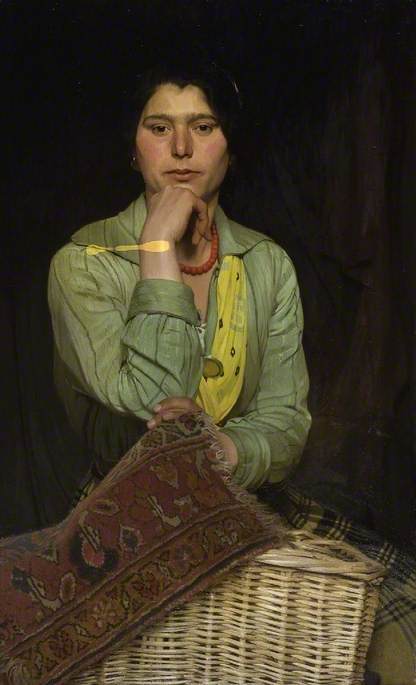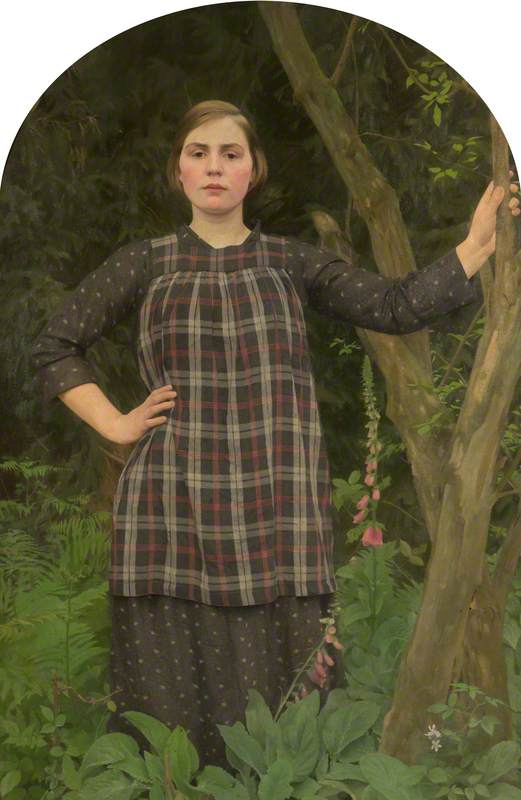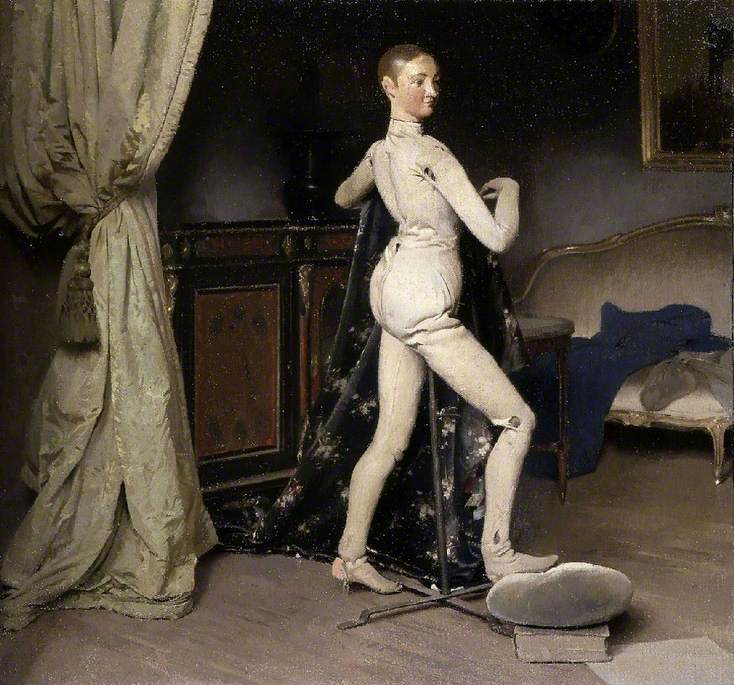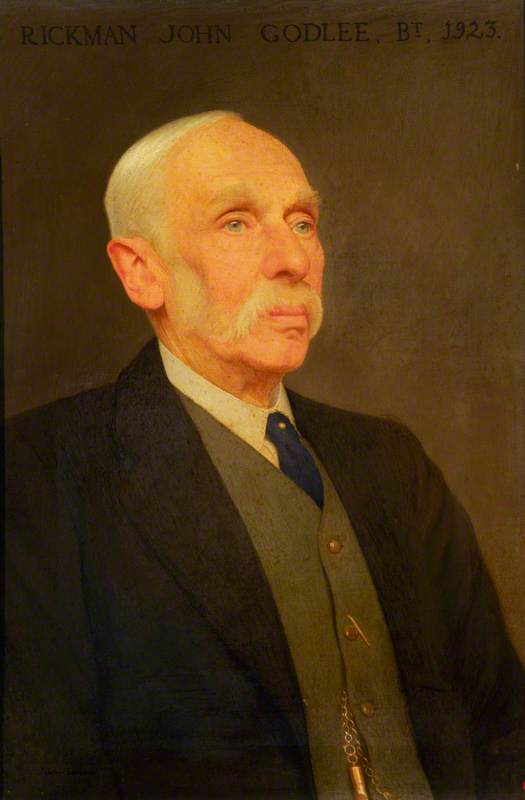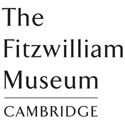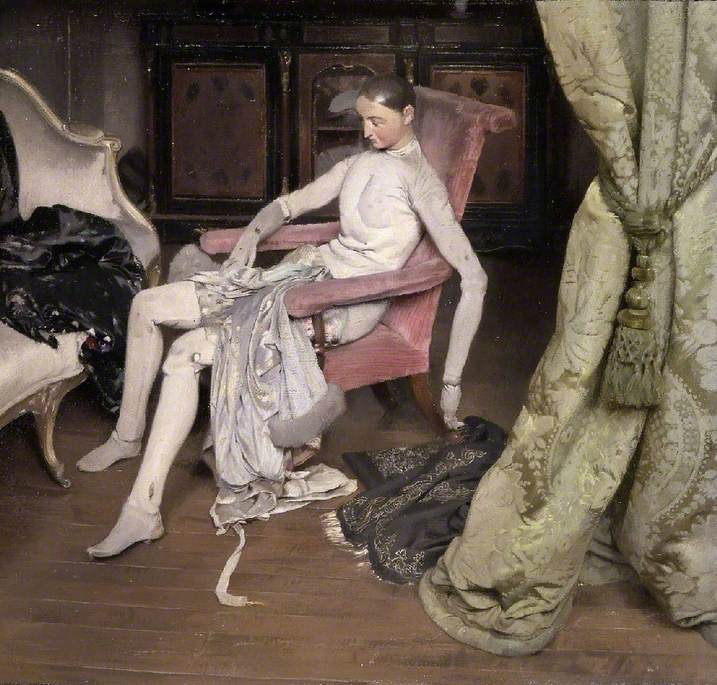
Alan Edmund Beeton was the younger of two children of a sociable and wealthy stockbroker, Henry Ramié Beeton (1853–1934) and his wife Elizabeth Mary Ann, née Dibley. His elder sister Mary was born in 1876 and he followed on 8th February 1880, at 42 Belsize Square, Hampstead. Henry Beeton’s success enabled him to buy ‘Hammonds’ a country house and estate at Checkendon, Oxfordshire, where weekend parties included notable cultural figures: George Bernard Shaw was one and an early drawing by Alan suggests the ballerina Anna Pavlova another. Alan showed early graphic talent, sending home illustrated letters from his preparatory schools, then Charterhouse and Trinity College, Cambridge. Many were witty caricatures of masters and university dons. His painting was always one of strong forms, with early colour that became more tonal over time. While still at Trinity in 1899 and 1900 he had two poster designs published in The Poster magazine, the former done for the Cambridge Footlights review and the latter one of several for Daly’s Theatre, London. Determined to become an artist, and well resourced, he abandoned Trinity and a degree after two years and went to Paris for the next three, where he took lessons in various artists’ studios and met Gerald Kelly (later Sir Gerald, PRA) who became his closest friend.
The Beetons’ first married home was 2 Adamson Road, South Hampstead, where Alan’s studio was reportedly the best room in the tall Edwardian house. He painted almost entirely there and in another studio at ‘Wheeler’s’, a country second home that Henry Beeton lent them on the Checkendon estate before Alan inherited 'Hammonds' on his death in 1934, moved there permanently and added a large new studio. Both the children were still there as ‘students’ in September 1939 but Mary married Leslie Holliday at Henley in spring 1941 and Alan junior was a wartime RAF pilot officer by 1942.
Beeton’s daughter much later reported that he was not a sketcher and never painted or even sat outdoors, where his only notable activity was twice-daily swimming during family holidays in Cornwall. His life and habits were also otherwise wholly conventional and ‘un-Bohemian’, with a social ease ideal for a portrait painter except that, since not needing to paint for a living, he only did commissioned portraits of people who interested him. The family manservant, Pugsley, was a frequent subject and his 'Girl in a Wood' (exh. RA, 1924, and now at Oldham) is of Nellie Warnham, a country girl then in service with them at Checkendon. A London tramp named Lannezzari, whom he befriended and the family called ‘Lazarus’ was another model and he also used professional ones, including Rosa des Iles and Marguerite Kelsey. Rosa was the subject of the first of his 21 exhibits at the RA, 1923–1943, Marguerite of two others, and ‘Gipsy’ (RA 1927, now Fitzwilliam Museum) was of a woman called Myrenni, one of two such female travellers who sat for him.
He also painted his parents and self portraits, but otherwise primarily focused on still-life compositions, working and reworking both these and portraits to obtain the technical qualities he sought. The most original still-life examples were a ‘posing’-titled set of four, two now in the Fitzwilliam Museum, that used wooden lay-figures as sitters. ‘Decomposing’ (RA, 1929 and 1932, now in the Tate) was purchased for the nation by the Royal Academy’s Chantrey Bequest in 1931. Beeton himself was elected ARA in 1938 but since he sold relatively little and spent as much time in his studio as possible, a great deal accumulated by the time of his death, despite him also destroying a great deal. He kept very detailed studio notebooks documenting his work but, as a matter of modesty, generally did not sign it. By his daughter’s report, he dealt competently with the practicalities of living in a large property without having any other interest in it, and family and social life was largely organised by their mother.
In his last years, declining health limited the periods he could work, without stopping his daily habit of doing so and he died at Checkendon on 20th December 1942, when his declared ‘effects’ were given as just £12,017 at probate, his widow and son being executors. Apart from exhibiting at the RA, he was a member of the National Portrait Society from 1915 and is listed (to 1940 only) as showing three works each at the Grosvenor Gallery, the Glasgow Institute and the Walker Art Gallery, Liverpool, nine at the London Salon and one at the Royal Hibernian Academy. He also appears to have had a large showing, including all four of his lay-figure ‘posing’ pictures, at Oldham in 1930.
Summarised from Art UK’s Art Detective discussion ‘Can we find out who was the girl in this portrait?, RA listings, Johnson & Greutner (1880–1940), and the online biography at Art & Antiques Appraisals (artantiquesappraisals.com)
Text source: Art Detective

